Lawn chemicals are designed to kill weeds and bugs. But they can harm people, too, which is why so many communities are banning or minimizing their use.
According to BeyondPesticides.org, suburban lawns and gardens receive more pesticide applications per acre (3.2-9.8 lbs) than agriculture (2.7 lbs per acre on average). Can we really care more about grass than food?
That’s not even the bad news. “Of 30 commonly used lawn pesticides,” says Beyond Pesticides, “19 have studies pointing toward carcinogens, 13 are linked with birth defects, 21 with reproductive effects, 15 with neurotoxicity, 26 with liver or kidney damage, 27 are sensitizers and/or irritants, and 11 have the potential to disrupt the endocrine (hormonal) system.”
Yet, we put this stuff on the same lawn where our kids play, our pets run, where we picnic…Crazy!
Wildlife are at risk, too. Fifteen million birds are estimated to die each year from pesticide contamination, reports the Poughkeepsie Journal. Domestic dogs and cats suffer a wide variety of illnesses when they’re exposed, too, as Pesticide Watch documents here.
Here’s What to Avoid

1) Bifenthrin – This is the key ingredient in many grub- and insect-control products. It’s listed by the U.S. Environmental Protection Agency as a possible carcinogen and is toxic to fish. It is already banned in several counties in southern New York State.
2) 2,4-dichlorophenoxy acetic acid, or 2,4-D – This weed killer is linked in some studies to increased cancer risk (though it’s not classified as a carcinogen by the EPA).
3) Glyphosate – Glyphosate is the active ingredient in Monsanto’s RoundUp. It is also used to pre-treat seeds as a way to inoculate them against pests and disease. Because it is used so widely, it is inevitably showing up in our air and water. The impacts on human health could be serious. The Pesticide Action Network says that glyphosate can “activate the estrogen receptor in a breast cancer cell line, which means it may be able to mimic the function of the key sex hormone estrogen.” Research also shows it could deform the heads in developing frog and chicken embryos.
4) Atrazine (1,2) – This herbicide is used to control broadleaf weeds. It is one of the most widely used herbicides in the U.S., but was banned by the European Union in 2004, when the EU found groundwater levels exceeding the safety limits set by regulators. Studies suggest it is an endocrine disruptor, which means that it could alter people’s natural hormonal system and ability to reproduce.
5) Carbaryl – This chemical is used primarily as an insecticide. It is sold under the brand name Sevin. While it kills mosquitoes, it also targets honeybees, whose populations are under seige nationwide. Carbaryl is illegal to use in the United Kingdom, Germany, and Sweden, but it’s still applied to over a hundred crops in the U.S. It is often produced using the chemical compound methyl isocyanate (MIC). A leak of MIC used to produce carbaryl caused the Bhopal disaster in India, a catastrophe that led to 11,000 deaths and over 500,000 injuries.
Here’s What to Use Instead
√ In place of these and other toxic chemicals, use organic means to control pests. Beneficial insects and organic fungicides can keep pests and disease under control. Corn gluten is a popular organic option to control weeds.
√ Plant native grasses that resist fungus, rather than more delicate cultivars.
√ Get specific suggestions for disease and pest- resistant grass varieties from your lawn and garden center and your local county extension agency.
Ultimately, the best strategy may be to replace lawns with ground covers, gardens, decorative stones, wood chips, and other materials that require no fertilizers. We researched these 8 natural alternatives to growing grass to help get you started.
Related Posts
Important New Film “The Human Experiment” Exposes Health Risks From Chemicals
Eating Organic Produce Will Reduce Your Exposure to Toxic Chemicals


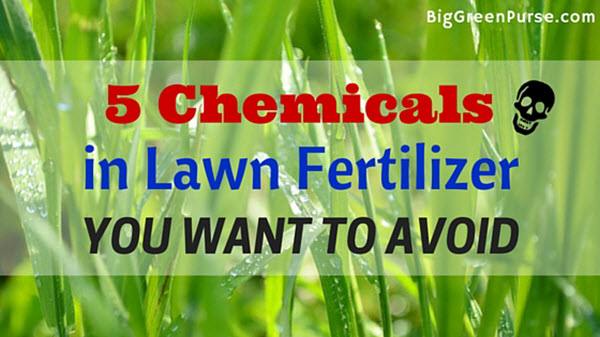
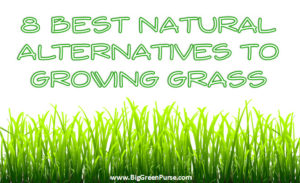


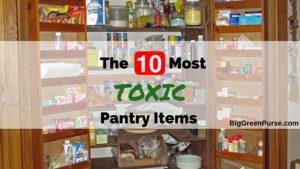
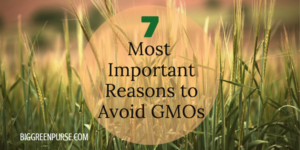
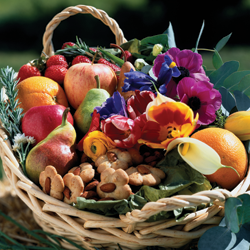








2 thoughts on “5 Chemicals in Lawn Fertilizer You Want To Avoid”
I really don’t care about my grass, it’s all weeds and I’m fine with it ha. I think just not caring is a great way to avoid fertilizers. 😉 But glad there are options out there for people who do care about their lawn. Thanks for sharing!
Same here, Lisa. Actually, I’ve found that weeds look a lot like grass, stay green longer and require less mowing. Grass is a monoculture – which doesn’t exist anywhere naturally. If Mother Nature doesn’t grow grass, should we? Thanks for writing!
Comments are closed.